Several Voynich Manuscript experts have published statements about the alleged Voynich Manuscript solution by Kondrak and Hauer. Here’s a summary.
There’s one important difference between the Voynich Manuscript solution suggested by Kondrak and Hauer and dozens of other alleged Voynich solutions: the Kondrak/Hauer work was published in a renowned scientific magazine, while almost all other decipherments never made it through a peer-review.
Considering that the Kondrak/Hauer work passed the litmus test of a peer-review, there seem to be only two possibilities: either the solution makes sense, or the reviewers did a bad job. However, as I explained in one of my last posts, I believe that this time neither the one nor the other is the case. Instead, the Kondrak/Hauer solution is just an experimental add-on to a serious scientific work, described in the last chapter of a research paper. It is based on the assumption that the text in the Voynich Manuscript was created using a MASC encryption with anagrammed words – an assumption that is probably wrong. However, the two authors are aware of this, and they don’t claim that they really have solved the mystery.
It should be noted that Kondrak’s and Hauer’s paper is already two years old. Apparently, the two have not advertised their finding in the Voynich scene, which is further evidence that they consider their decipherment more an experiment than a real solution.
If you want to read my thoughts about the Kondrak/Hauer work in German, I recommend an interview I have given to the German skeptics society GWUP (being a member of this organisation, I also recommend looking at other GWUP web pages; it’s worth it).
Other Voynich Manuscript experts have commented on the Kondrak Hauer solution, as well.
René Zandbergen’s statement
René Zandbergen, a Dutch engineer and language genius living in Germany, is in my view the world’s leading Voynich Manuscript expert.
René’s Voynich Manuscript website is a must-read for everybody interested in this topic. Especially, I recommend the page, on which René describes his personal believes about the Voynich Manuscript.
The latest text on René’s site is a statement about the Kondrak/Hauer work. This statement gives a very good summary of the paper – ideal for everybody who has trouble understanding the original, which is quite technical.
Like me, René doesn’t think that Kondrak and Hauer have solved the Voynich Manuscript. In addition to mentioning the assumptions (MASC with anagrammed words), which are far from compelling, he writes:
The Voynich MS has a number of features that are not addressed in the paper. The most important one is that the character bigram entropy is anomalously low. The only way that this could happen in the proposed scenario is that this is the result of the anagramming, but earlier experiments in this direction have not been successful. The bigram entropy, which is associated with peculiar word patterns in the Voynich MS text, is simply too low.
Moreover, René notes that Kondrak’s and Hauer’s results are dependent of the transcription used (there are several transcriptions of the text in the Voynich Manuscript; they differ in many respects).
Nick Pelling’s statement
Nick Pelling, London-based Voynich Manuscript and cipher mysteries expert, has published a blog post about the Kondrak/Hauer decipherment, too.
Already in Nick’s headline, “Have Kondrak and Hauer finally revealed the Voynich Manuscript’s secrets? (Errrm… no, not really, sorry. But…)”, you get a taste of his British humor.
In his article, Nick explains why the Kondrak/Hauer decipherment is not correct. In addition, he explains that many others have had similar ideas before. So, it would have made sense for Kondrak and Hauer to add a “related work” chapter to their paper. It can certainly be criticised that they didn’t do this.
Jürgen Hermes
Jürgen Hermes, a linguist and Voynich Manuscript expert from Cologne, has an interesting website (TEXperimentales) with several voynich Manuscript articles (in German). He recently commented on the Kondrak/Hauer paper.
Like René Zandbergen, Jürgen criticises that Kondrak and Hauer ingore imporant properties of the Voynich Manuscript text. In addition, Jürgen suggests that a text created with the method the two linguists write about (MASC-encrypting and anagramming Hebrew text) should be compared with other Voynich text creation methods described in the literature – certainly a good idea.
Conclusion
All in all, it is absolutely clear that Kondrak and Hauer have not deciphered the text in the Voynich Manuscript. Their “solution” is the result of an experiment based on probably wrong assumptions. However, as the authors regard their Voynich decipherment as an experiment, too, there is not much to be criticised.
Follow @KlausSchmeh
Further reading: Has the Voynich manuscript been deciphered by Russian scientists?
Linkedin: https://www.linkedin.com/groups/13501820
Facebook: https://www.facebook.com/groups/763282653806483/

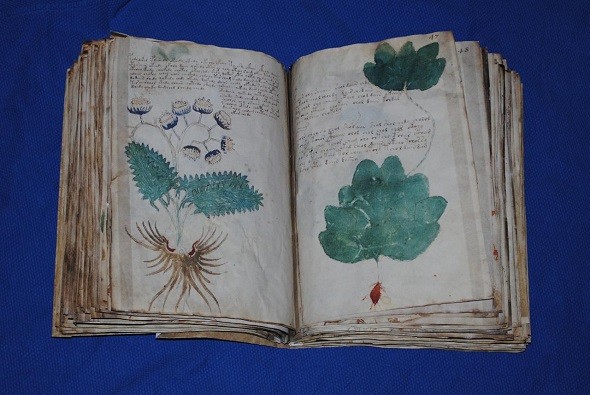
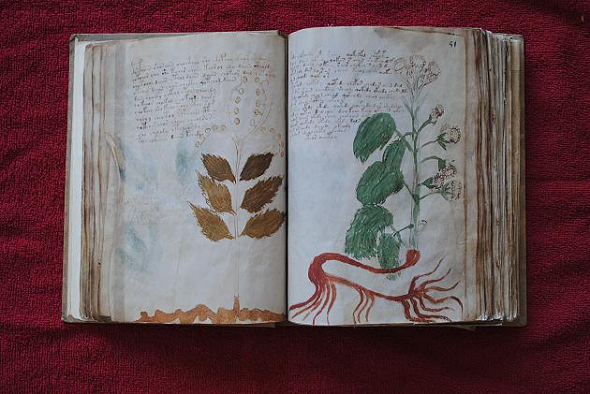
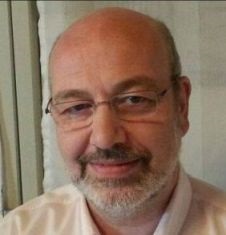
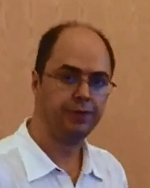
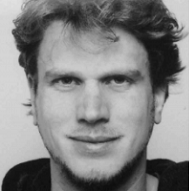

Kommentare (15)